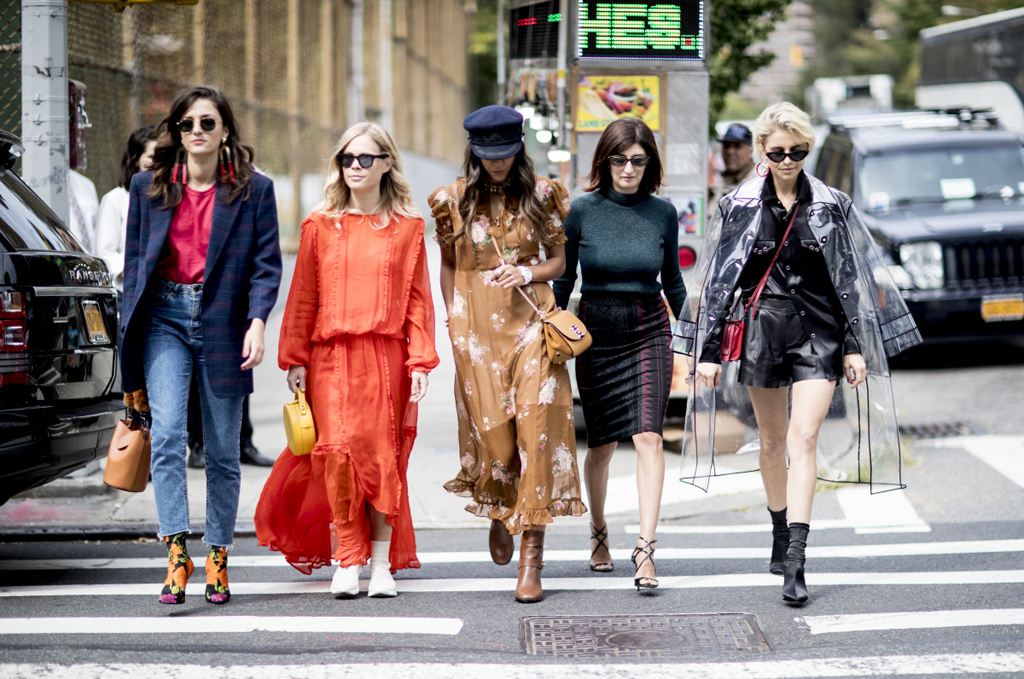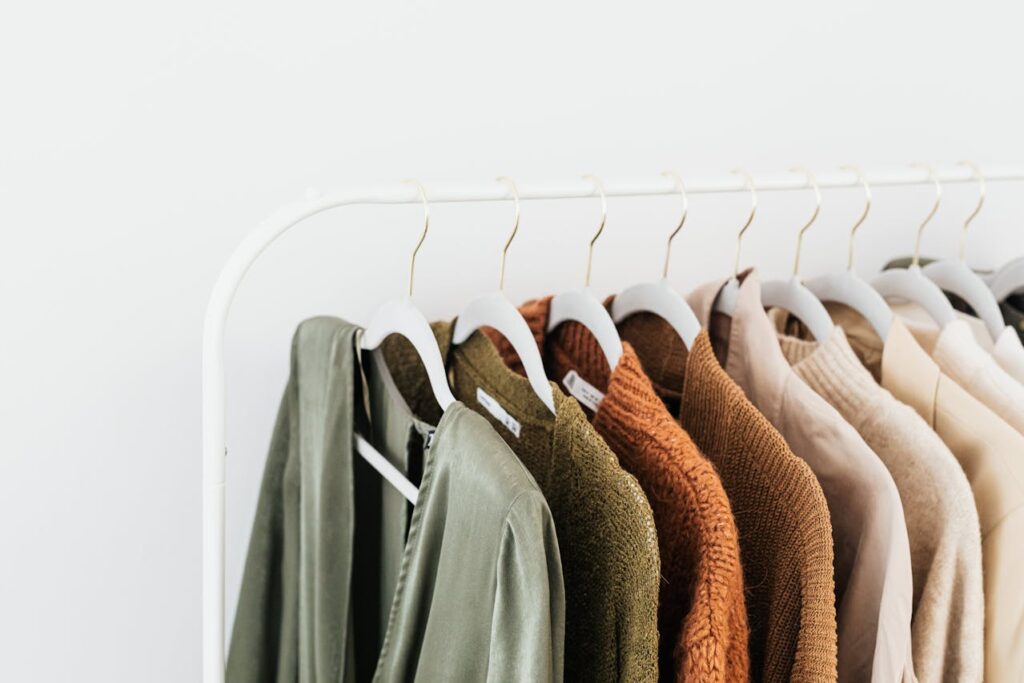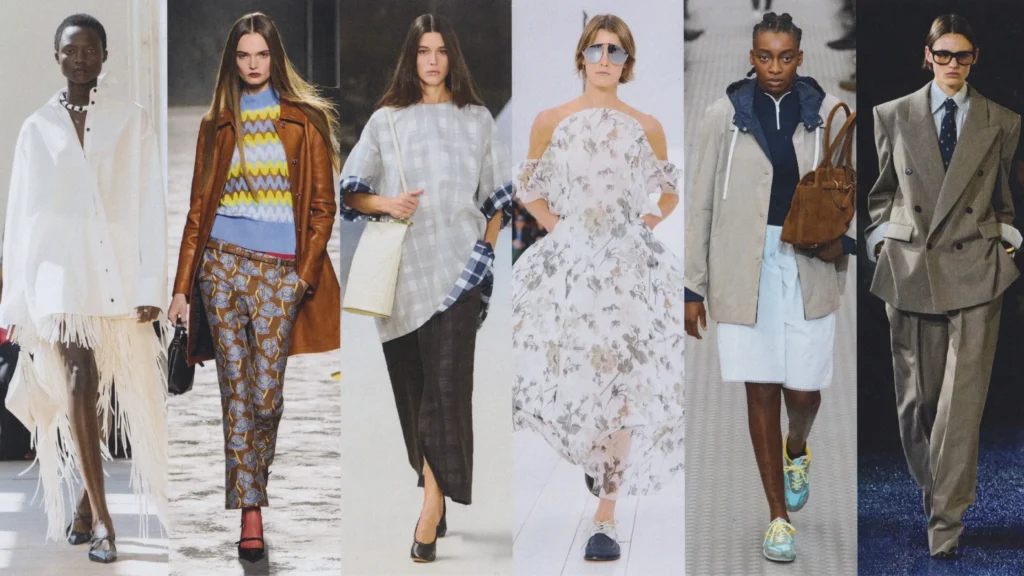Fashion is far more than fabric and flair. It’s a visual language, a psychological imprint, and a cultural conversation. Every outfit you choose conveys something about your personality, mood, or even aspirations. But why do we wear what we wear—and what does it really mean?
In this blog post, we’ll explore the psychology behind fashion choices, the challenges people face in expressing themselves through clothing, and practical solutions to align your wardrobe with your identity.
🕵️♀️ Understanding the Psychology of Fashion
Clothes are powerful tools for communication. Studies in fashion psychology suggest that our style preferences are shaped by a blend of internal factors—such as personality traits, self-esteem, and emotions—and external influences like culture, media, and social norms.
Key Psychological Influences on Fashion:
- Self-Perception: What we wear often reflects how we see ourselves.
- Mood and Emotions: Feeling confident? You might opt for bold colors. Feeling low? You might wear neutral or dark tones.
- Social Identity: Clothing helps you signal group membership (e.g., professional wear, streetwear, boho chic).
- Cognitive Dissonance: When your clothing doesn’t match your internal state, it can create discomfort or a lack of authenticity.
😰 Common Challenges in Fashion Self-Expression
While fashion can be liberating, many people struggle with aligning their wardrobe with their identity. Let’s unpack the key challenges.
1. Lack of Self-Awareness
Many people don’t fully understand their own fashion identity. They end up mimicking trends or copying influencers without considering what truly resonates with them.
2. Fear of Judgment
Wearing what you really want often requires courage. Fear of being judged or not fitting in can push people to choose “safe” outfits that don’t reflect their true personality.
3. Overwhelming Choices
With thousands of styles, brands, and aesthetics available, many are paralyzed by choice. This leads to decision fatigue and uninspired dressing.
4. Body Image Issues
People with low self-esteem or body image concerns may avoid experimenting with styles they love, assuming certain looks are “off-limits” to them.
5. Cultural and Societal Pressure
Cultural expectations and gender norms heavily influence fashion decisions. For instance, what’s considered “professional” or “appropriate” varies widely and often clashes with personal preference.
💡 Practical Solutions: Aligning Your Style With Your True Self
The good news? These challenges are totally solvable—with the right mindset and strategy. Here are powerful solutions that blend psychology with wardrobe planning.
✅ 1. Conduct a Style Audit
Just like a performance review, assess your wardrobe and ask:
- What pieces do I wear the most?
- Which outfits make me feel powerful, happy, or “me”?
- What do I avoid—and why?
This audit can uncover hidden patterns and help you discover your authentic style.
✅ 2. Define Your Style Identity
Start with three adjectives that describe your ideal fashion self (e.g., bold, elegant, creative). Use them as filters while shopping or dressing.
✅ 3. Experiment With Intent
Challenge yourself to wear something slightly outside your comfort zone once a week. Over time, this expands your style vocabulary while reducing fear of judgment.
✅ 4. Declutter and Curate
Marie Kondo was onto something: if it doesn’t spark joy (or align with your identity), let it go. A curated closet is easier to navigate and more expressive of who you are.
✅ 5. Lean Into Color Psychology
Colors evoke specific psychological responses. Want to boost confidence? Try red. Need calmness? Opt for blue. Understanding color can help you dress with intention.
🎨 Learn more about color psychology in fashion to make smarter style choices.
✅ 6. Mindful Media Consumption
Follow influencers, stylists, or creators who align with your values and authentic style, not just what’s trending. Avoid comparison traps that skew your perception.
✅ 7. Invest in Key Signature Pieces
Rather than chasing every trend, invest in high-quality staples that feel like you. Signature pieces give your wardrobe coherence and strengthen personal branding.
🧩 Real-World Example: Style as Self-Discovery
Meet Priya, a 32-year-old marketer who felt uninspired every time she opened her closet. Her work wardrobe felt “corporate,” and her weekend clothes were old and dull.
After doing a style audit, she realized she loved vintage prints and earthy tones—yet none of her clothes reflected this.
She started small: adding vintage accessories and rust-colored blazers. Eventually, she reworked her wardrobe to reflect her true identity—creative, grounded, and confident. The result? She not only looked better, she felt better—at work, in social situations, and in her self-image.
🧠 Fashion Psychology Is Self-Care
Fashion isn’t just aesthetic—it’s therapeutic. Dressing in a way that aligns with your personality can boost confidence, reinforce your values, and improve mood. It’s a daily affirmation of who you are and who you want to be.
✅ Final Takeaway: Your Style Speaks Volumes—Let It Speak You
Fashion is your first line of communication with the world. So, rather than letting trends or fear dictate your choices, approach your wardrobe as an evolving reflection of your inner world.Understanding the psychology behind your fashion choices empowers you to dress with confidence, authenticity, and intention. Whether you’re feeling bold or introspective, your closet can be a canvas for your self-expression





